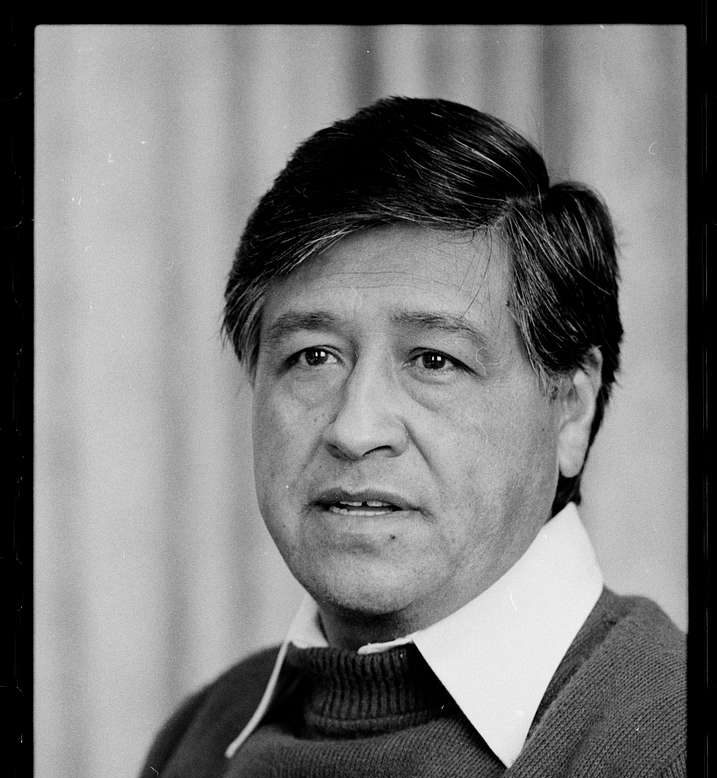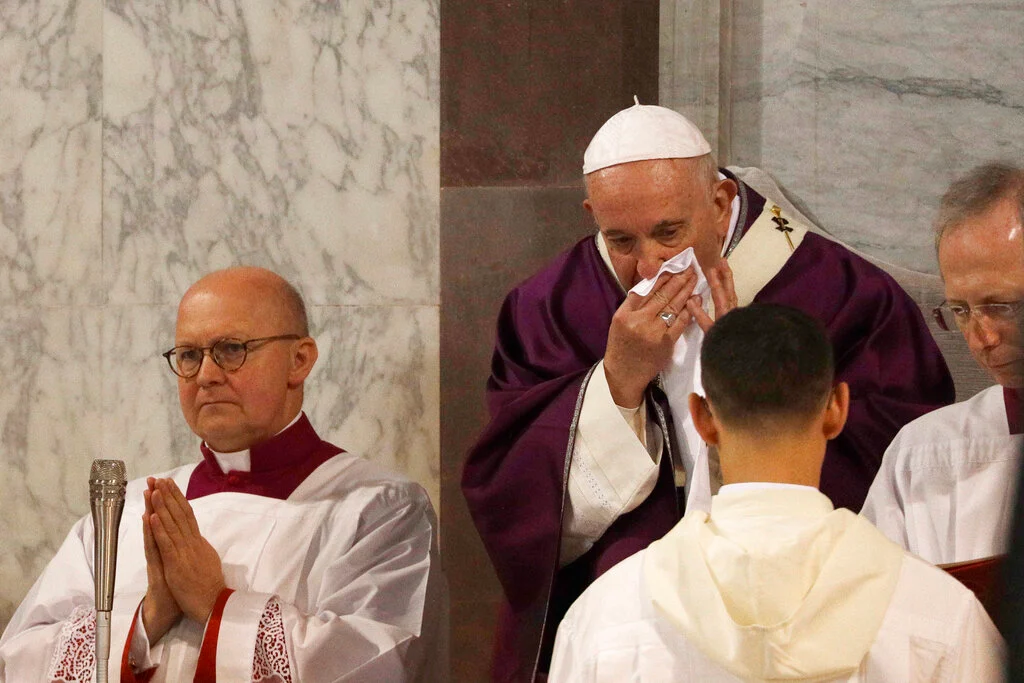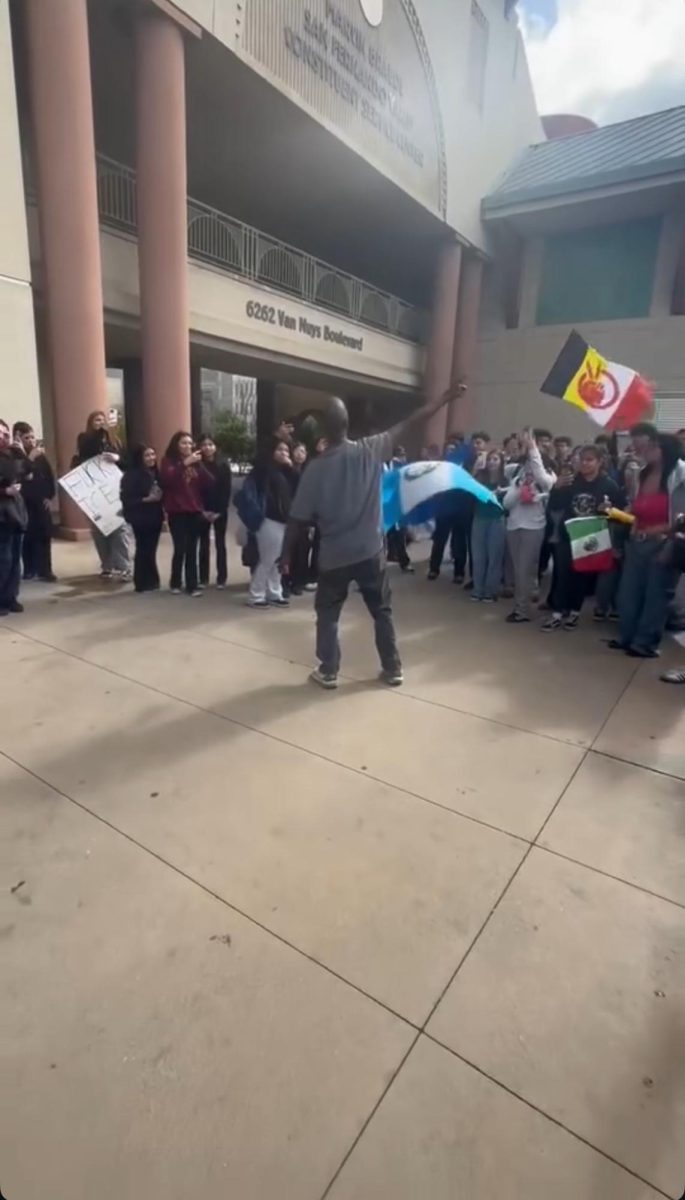When the semester started in early January, we were off to a grim start in the sunny city of Los Angeles. As a result of the crazy Santa Ana winds during January of 2025, a series of destructive wildfires took place, causing massive destruction, most notably the Palisades fires, the Eaton Fire, and the Hurst Fire. Lots of conversation went around about what caused the fires, but many news reports, like NBC News and NPR, reported that the main causes included drought conditions, high temperatures, dry vegetation, and strong Santa Ana winds. These wildfires caused chaos in such a short amount of time by destroying over 16,000 structures, contributing to at least 30 deaths, and forcing over 200,000 evacuations in the L.A. area. However, massive natural disasters like these can help us learn how to be more prepared in future situations, which I believe is exactly what happened in this case.
This destruction surprised many schools and revealed major gaps in their emergency planning. I remember watching the news during the time of this disaster, watching all the evacuations, and being shocked at how much of Palisades High School caught on fire. I’m sure none of the administration or students expected to see so much damage. It is a good thing that school was cancelled by then, and no students were actually on campus when the school caught on fire.
This is why training and preparedness are key for public school safety. I’m sure that this incident placed pressure on school districts all over L.A. County, especially since there was a huge lack of preparedness and communication. Aside from high schools, the UCLA campus was also heavily affected. Having students evacuate, even though they had barely moved in and were eager to start their spring quarter, was not ideal. It took a while for campuses to finally close down and agree to cancel classes for the safety of students and staff. In hindsight, the January fires have uncovered how unprepared schools were and are for climate-driven disasters. And honestly, climate crises like these are likely going to happen again.
Moving forward, it is currently Earth Month! April serves as a time dedicated to raising environmental awareness and promoting action for a sustainable future. This year, we should use these wildfires as a way to learn to be more proactive in climate change emergencies like wildfires. Schools should be a central part of this response, as they house not just students, but also future generations. If schools aren’t properly prepared for emergencies, they not only put students at risk but also entire neighborhoods. Which was pretty evident during the January crisis. Institutions that are made to protect students should be more than prepared to serve as a precautionary hub. They must have clear communication and organization when it comes to natural disaster cases, both wildfires and earthquakes alike. It is also important for both students and parents to use their voices to ensure that schools are doing their jobs in being on top of their fire safety plan.
Summer is coming, and the weather is getting warmer. Another fire season is expected to approach. We are likely to experience intense heat waves throughout the summer, which furthers the need for schools to take steps like upgrading ventilation systems, installing fire-safe landscaping, and building staff capacity for emergency preparedness. Schools should also collaborate with fire departments and local health agencies in cases of emergencies. These fires likely served as a warning.
We have seen the damage they’ve done, but we have also seen how it has helped communities come together. I believe Birmingham has done a great job with fire-safety preparedness. With consistent drills and having staff informed on preparedness, our school is now safer than it was in years past. We all as individuals should have an idea of what to do if there was an unexpected fire emergency coming up on us. Although sad, everything is a learning opportunity and a beacon for change.



















